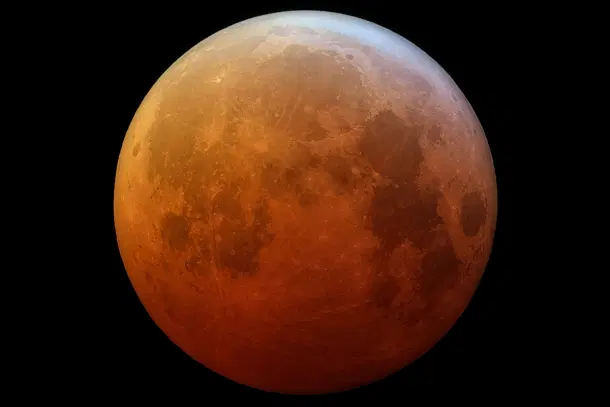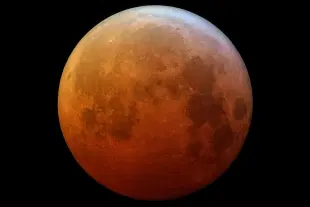News Brief
Blood Moon Dazzles Skywatchers In Longest Total Lunar Eclipse Since 2022
Arjun Brij
Sep 08, 2025, 09:37 AM | Updated 09:36 AM IST
Save & read from anywhere!
Bookmark stories for easy access on any device or the Swarajya app.


Astronomy enthusiasts across Asia, Europe and Africa were treated to a spectacular sight on Sunday (7 September) night as the Moon turned a striking shade of red during a rare total lunar eclipse, the longest since 2022.
The celestial event, often dubbed a ‘Blood Moon’, occurs when the Sun, Earth and Moon align, casting the planet’s shadow across its satellite. Unlike a solar eclipse, no protective equipment is needed.
According to NASA, such eclipses only happen during a full moon. As Earth’s atmosphere filters the Sun’s rays, shorter blue wavelengths scatter, allowing longer red wavelengths to bathe the Moon in a coppery glow, reported NDTV.
Ryan Milligan, astrophysicist at Queen’s University Belfast, explained, “That’s what gives the moon its red, bloody colour.”
In India, this was the longest total lunar eclipse visible since 2022 and the first to be observed nationwide since July 2018. The totality phase lasted 82 minutes, with the Moon fully eclipsed from 11.01 pm until 12.23 am.
Cloudy skies unfortunately obscured the spectacle in several regions, but astronomy groups ensured enthusiasts could still enjoy the phenomenon through global livestreams.
The next such total lunar eclipse will occur on 3 March 2026.
Please click here to add Swarajya as your preferred and trusted news source on Google
Also Read: Mumbai Local Trains Set For Big Leap: Fully AC Coaches With 12, 15 And 18-Car Rakes Planned
Arjun Brij is an Editorial Associate at Swarajya. He tweets at @arjun_brij





